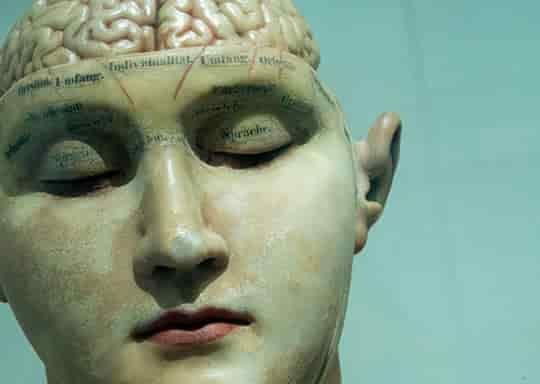Empathic people are likely to have this personality trait.
People with the personality trait of agreeableness are more likely to be highly empathic, research finds.
Agreeable people tend to be friendly, warm and tactful — always taking into account other people’s feelings.
Agreeable people also tend to be trusting, modest, straightforward and compliant.
Psychologists have found that agreeable people are more likely to help others out — and this is partly down to empathy.
In one experiment, participants read stories about someone else having a difficult time.
Afterwards, they rated how likely they would be to help out and how much empathy they would feel for them.
The results showed that people high in agreeableness were more likely to feel empathy for the victim and to be motivated to help them out.
Interestingly, the study also found links between empathy and being neurotic, although neurotic people were more focused on themselves, while agreeable people focused on the other person.
Dr Meara Habashi, the study’s first author, said:
“It is common for persons to experience distress on seeing a victim in need of help.
That distress can lead some people to escape, and to run away from the victim.
But distress does not need to block helping because it may be one first-appearing aspect of empathy.
Distress can actually contribute to helping, but the way it contributes depends on personality.”
Less agreeable people seem to need more reminders that they should help out, said Dr Habashi:
“Personality matters.
It matters in how we structure our request for help, and it matters in how we respond to that request.
Helping is a result of several different processes running in sequence.
Each process contributes something different.
The way we ask for help -perspective taking — can influence our chances for getting it.”
The study was published in the journal Personality and Social Psychology Bulletin (Habashi et al., 2016).










